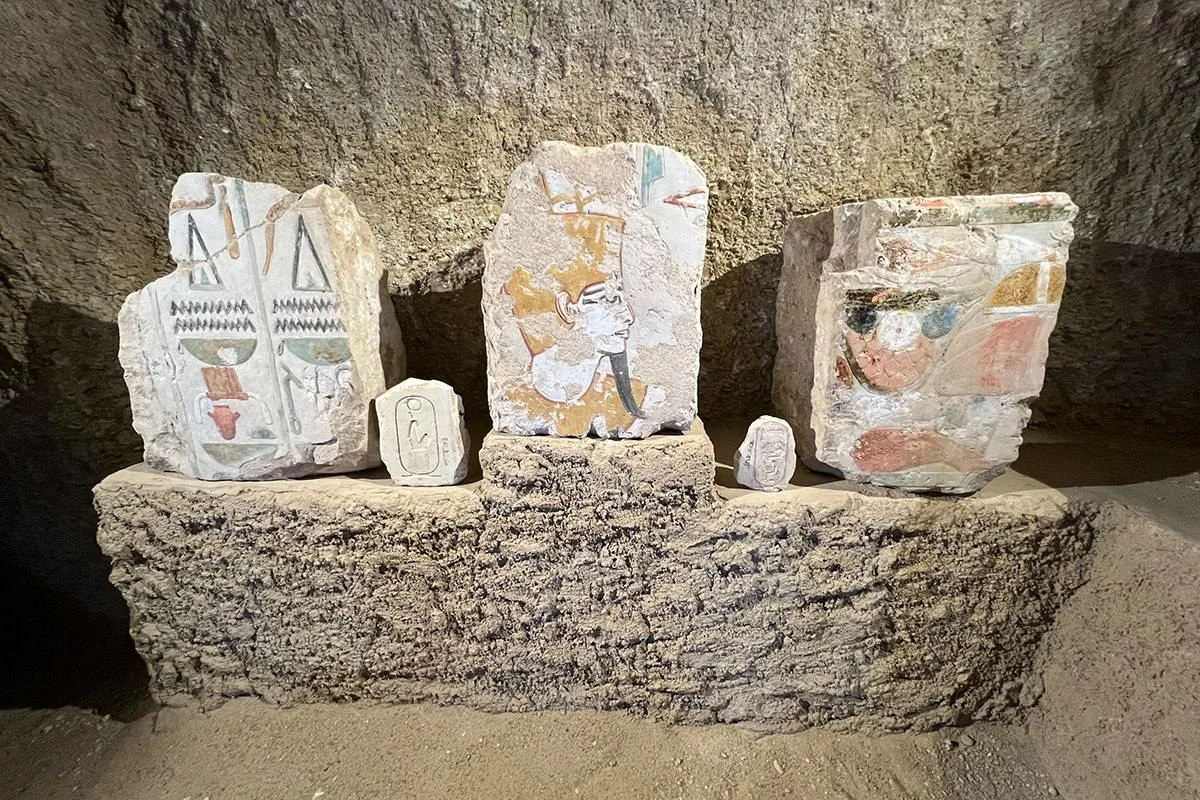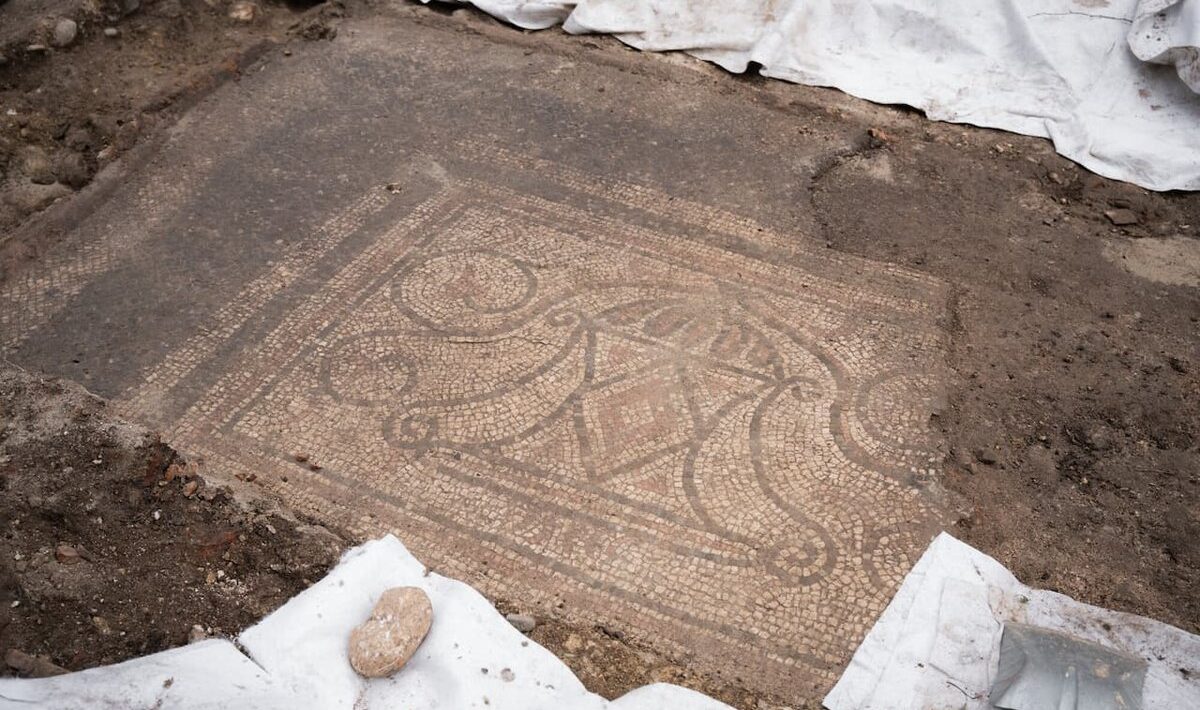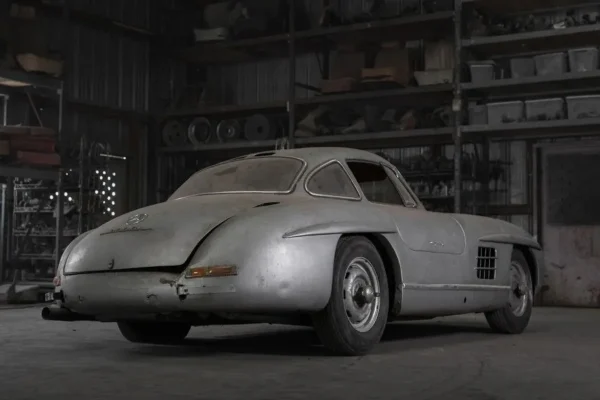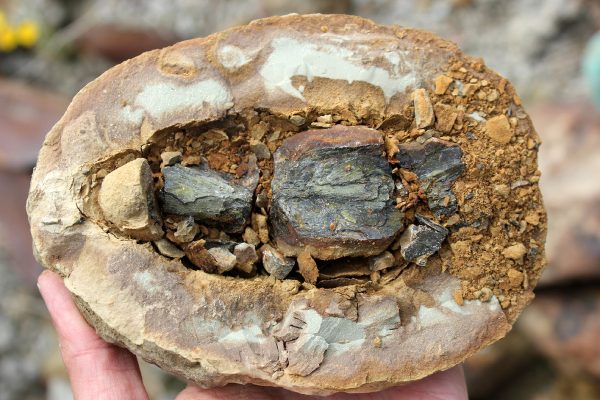A 1,700-year-old tomb dedicated to Jupiter and containing remains of gold-embroidered fabrics is rewriting the history of the Roman presence in Albania.
Table of Contents
In a mountainous corner of north-eastern Albania, where the silence of the fields is only interrupted by the wind blowing through the hills, an archaeological discovery has taken both experts and the local population by surprise. In the small village of Strikçan, in the Bulqizë region, the first monumental tomb from the Roman period ever found on Albanian territory has come to light. And this is no ordinary tomb: the discovery is a large mausoleum with complex architecture, bilingual inscriptions and grave goods worthy of a Roman elite. The find, officially announced by the Albanian Institute of Archaeology and publicised by Minister Blendi Gonxhja on Facebook, is already considered one of the most important in the country in recent decades.
The tomb was located thanks to a seemingly minor clue: a strange formation of stones that caught the attention of residents of Strikçan, located near the border with North Macedonia. What appeared to be a pile of rocks turned out to be the top of a buried funerary structure, carved from limestone and carefully constructed. The archaeological team, led by the Institute of Archaeology and supported by the National Institute of Cultural Heritage, began an excavation that has revealed a tomb measuring approximately 9 metres long by 6 metres wide, consisting of a monumental staircase, an antechamber and a main burial chamber almost 2.5 metres high.
A mausoleum with unique inscriptions and divine dedication
The architectural complex leaves no room for doubt. According to archaeologists, we are looking at a mausoleum, a type of tomb reserved for high-status individuals during the Roman Empire. But what has attracted the most attention is the discovery of several inscriptions carved on the walls of the chamber. One of them, written in Greek but with clearly Latin content, identifies the individual buried there as Gelliano, a name typical of the imperial period. Another, even more surprising, is dedicated to Jupiter, the supreme god of the Roman pantheon, suggesting that the deceased not only enjoyed a prominent position in society, but also had religious or ritual ties of great prestige.
This type of epigraphic dedication had never been documented in the Dibra region, to which Strikçan belongs, making the find a rarity in epigraphic and archaeological terms. Archaeologists also found other loose stones with similar inscriptions, although it is suspected that they may come from a nearby monument that has not yet been excavated, possibly buried under farmland and stone quarrying areas.
Material evidence of a privileged status
Inside the tomb, despite having been looted on at least two occasions — once in ancient times and more recently using heavy machinery — the excavation team has recovered pieces of great value. Among the funerary objects are glass plates, knives, bone utensils and, most strikingly, fragments of ancient fabric embroidered with gold thread. This latter find is considered unequivocal proof of the high social status of the person buried there, who was possibly part of the local Roman administration or a member of a Romanised aristocratic family.
The site did not contain just one body. Although the remains have been severely altered by looting, archaeologists identified skeletal remains corresponding to at least two individuals, reinforcing the hypothesis of a family burial. In Roman times, it was common for mausoleums to house several members of the same family or lineage, especially among the provincial elites.HistoryThe first whistle from Pharaonic Egypt has been discovered: it was made of bone and was used by a guard to guard secret royal tombs 3,300 years ago.
A key piece in the archaeological map of Albania
The find is part of the scientific research project ‘Kërkime Arkeologjike në Luginën e Bulqizë’ (Archaeological Research in the Bulqizë Valley) and has far-reaching implications for understanding Romanisation in this part of the Balkans. For centuries, northern Albania was part of the ancient Roman province of Illyricum, a region that also included territories that are now Croatia, Bosnia-Herzegovina and Montenegro. Although the Roman presence in the area was known, a monumental tomb of this kind had never been discovered before, which completely changes the narrative about the degree of integration of the local elite into the Roman world.
The architectural design of the mausoleum, the decorative elements carved into its walls and the quality of the grave goods place this tomb on a par with others found in major urban centres of the Empire. And it does so in a rural area, far from the great Roman cities, raising new questions about the distribution of power, the mobility of elites and the centres of worship in this region during the 3rd and 4th centuries AD.

Expanding heritage and tourism potential
The find has sparked unexpected enthusiasm among the local population, who have flocked to see the site since the news was made public.
Given this response and the exceptional value of the discovery, the Albanian authorities have already begun the process of declaring the site a protected asset and, eventually, integrating it into a heritage tourist route. In a country that has seen the number of visitors double in the last decade, the development of archaeological tourism could become a sustainable way to preserve and raise awareness of these hidden treasures.
Albania already has important Roman sites such as Butrint, a coastal city declared a World Heritage Site by UNESCO. However, the appearance of this monumental tomb in Strikçan adds a new point of interest in the mountainous interior of the country and reinforces the diversity of Roman heritage on Albanian soil.
This mausoleum is not just an ancient funerary structure. It is a stone testimony to a time when local identity was intertwined with the influence of Rome, a symbol of status, faith and cultural belonging. Its discovery not only adds a new page to the history of Albania, but also reminds us that beneath the most unexpected layers of earth, a legacy may lie hidden that rewrites everything we thought we knew about the past.





